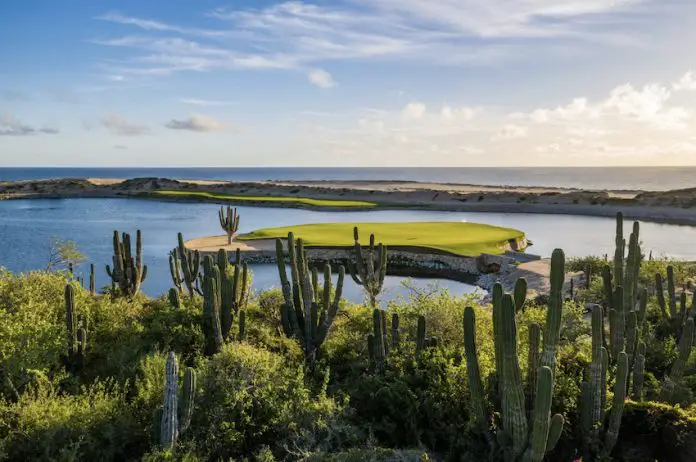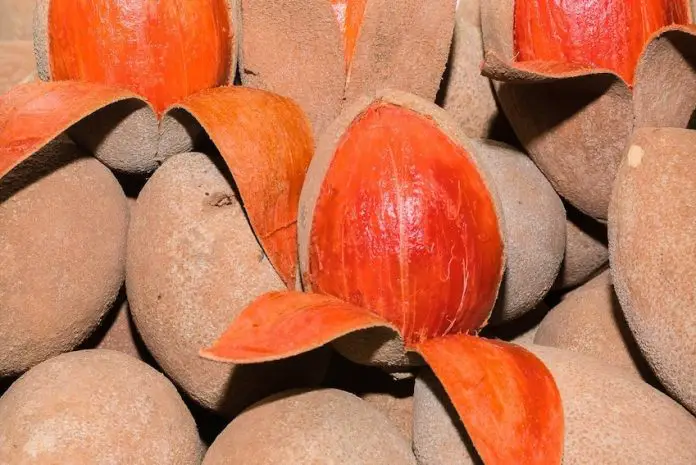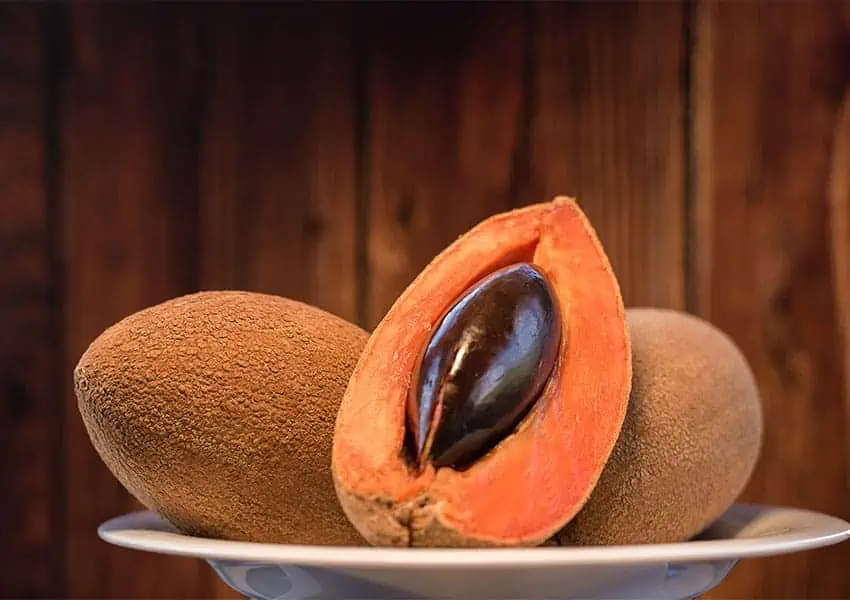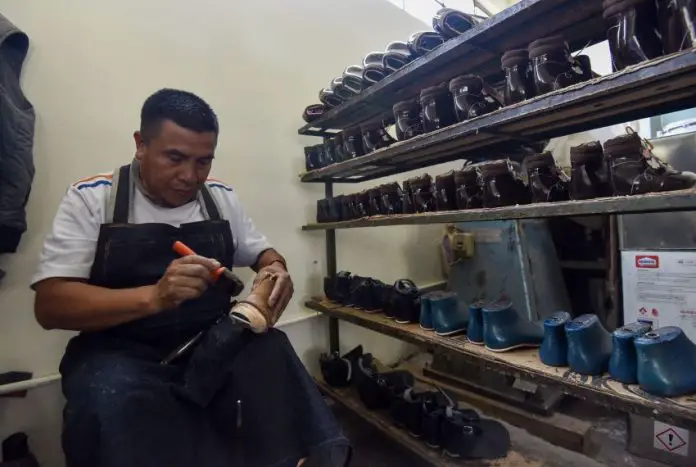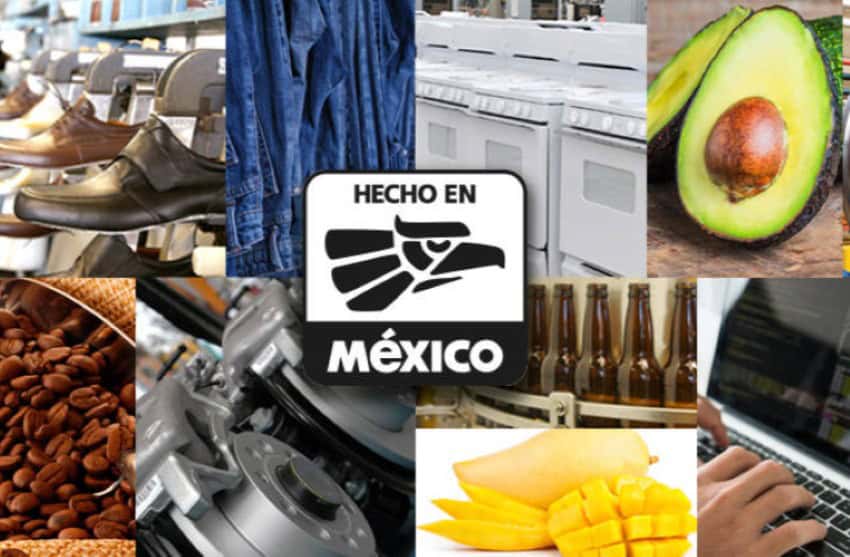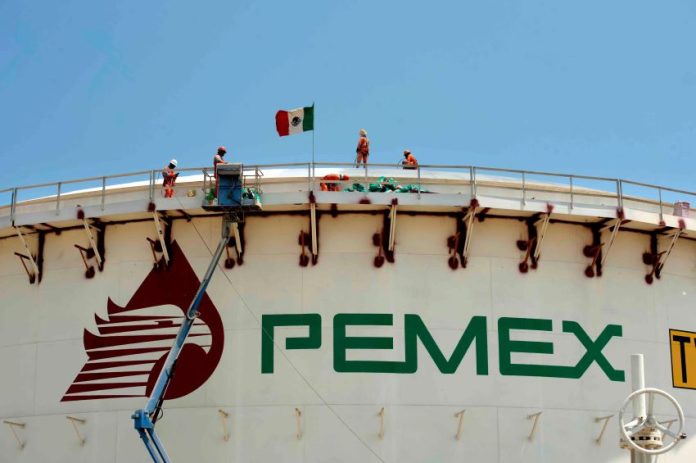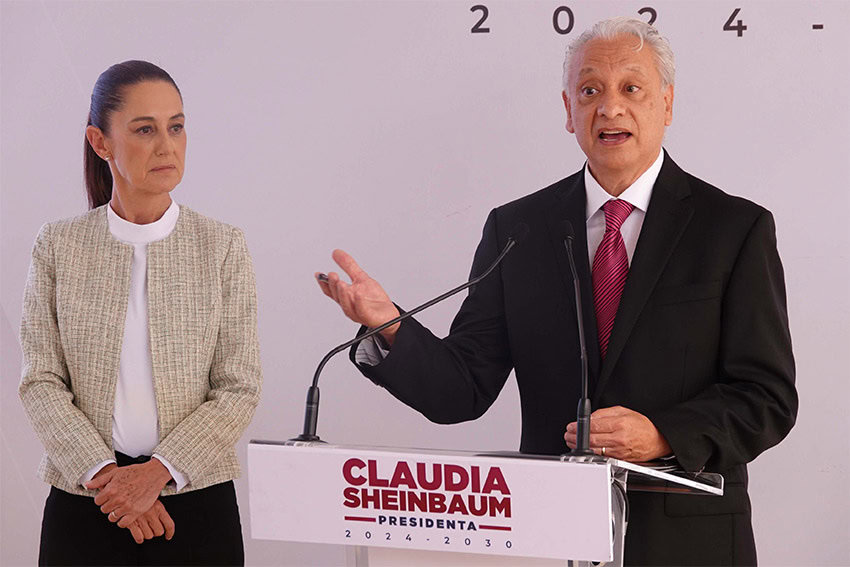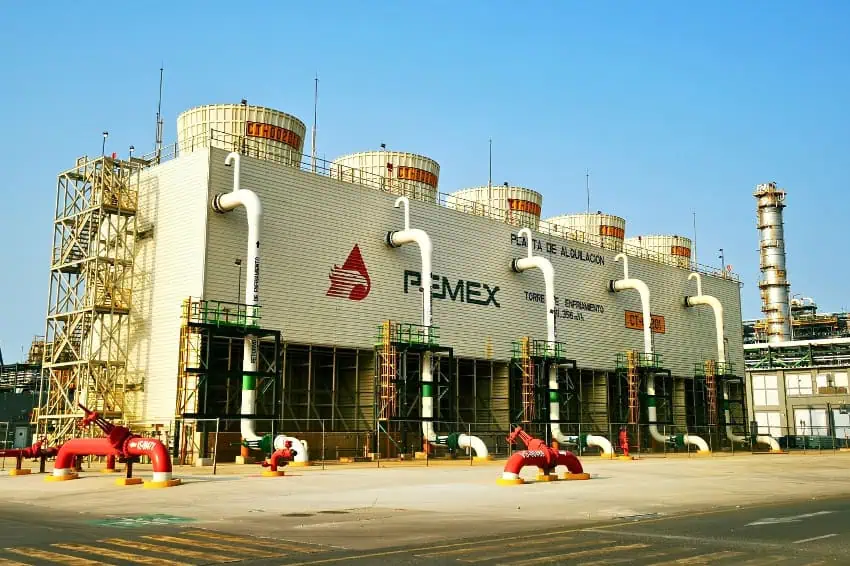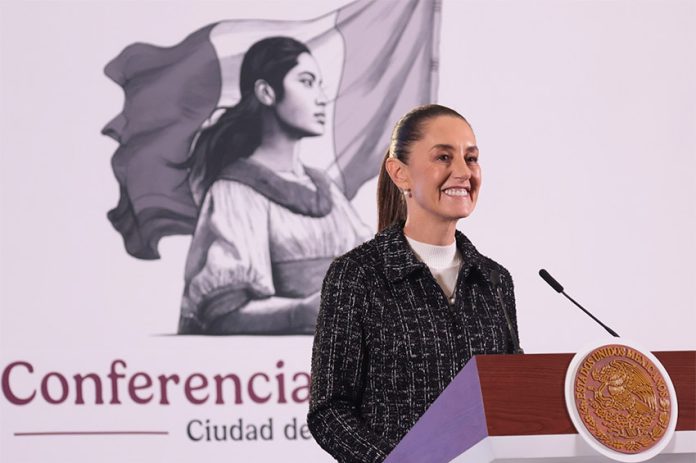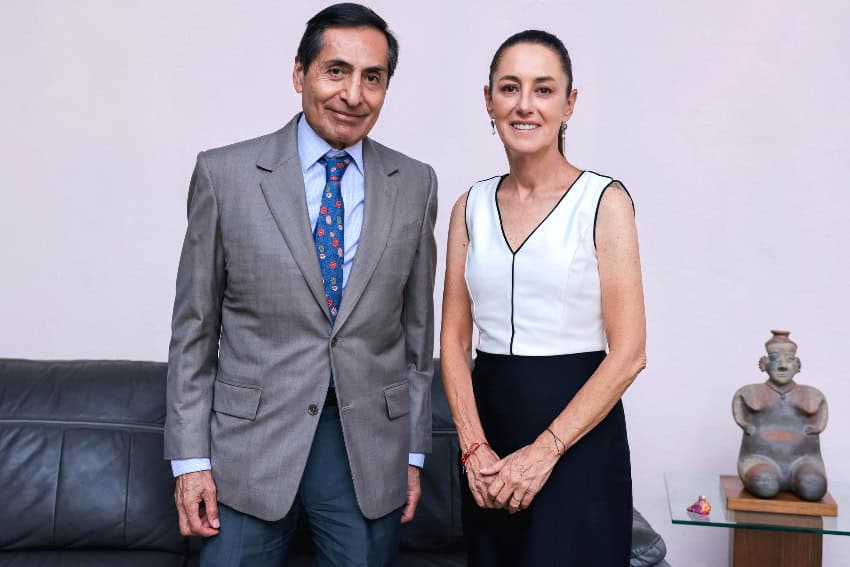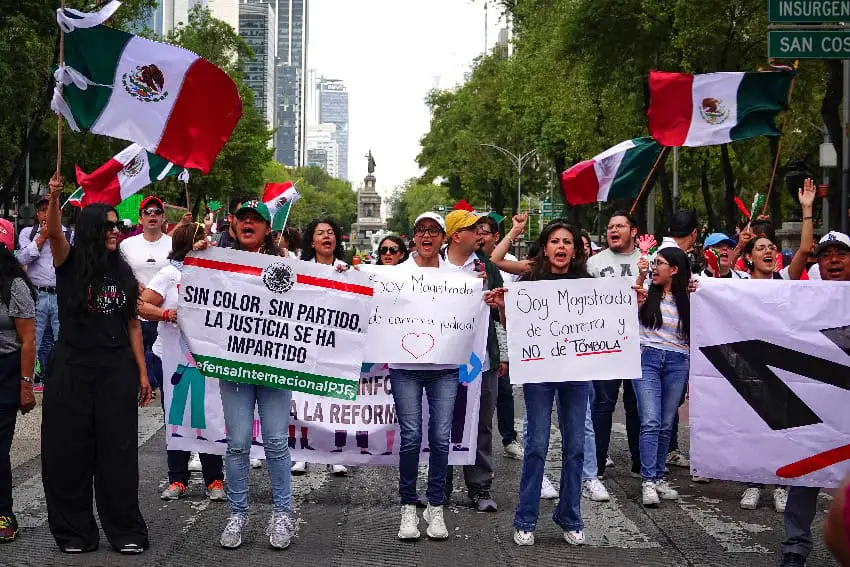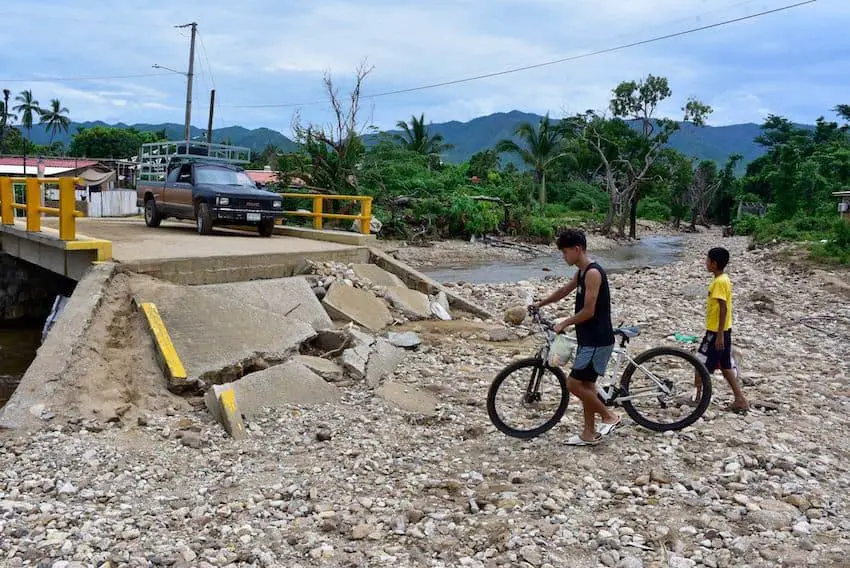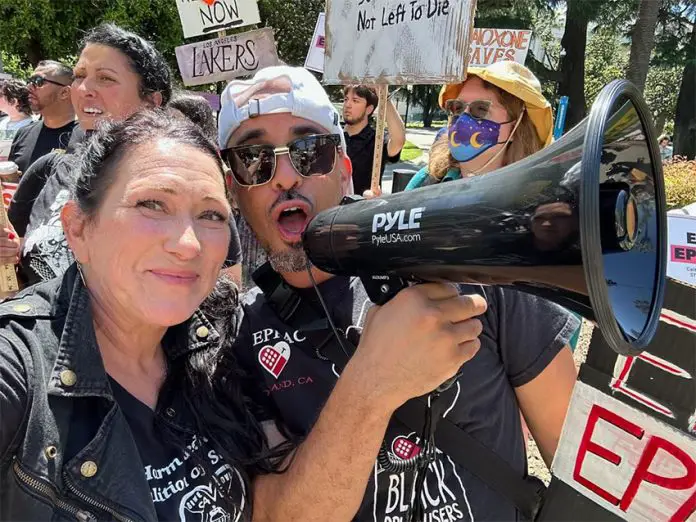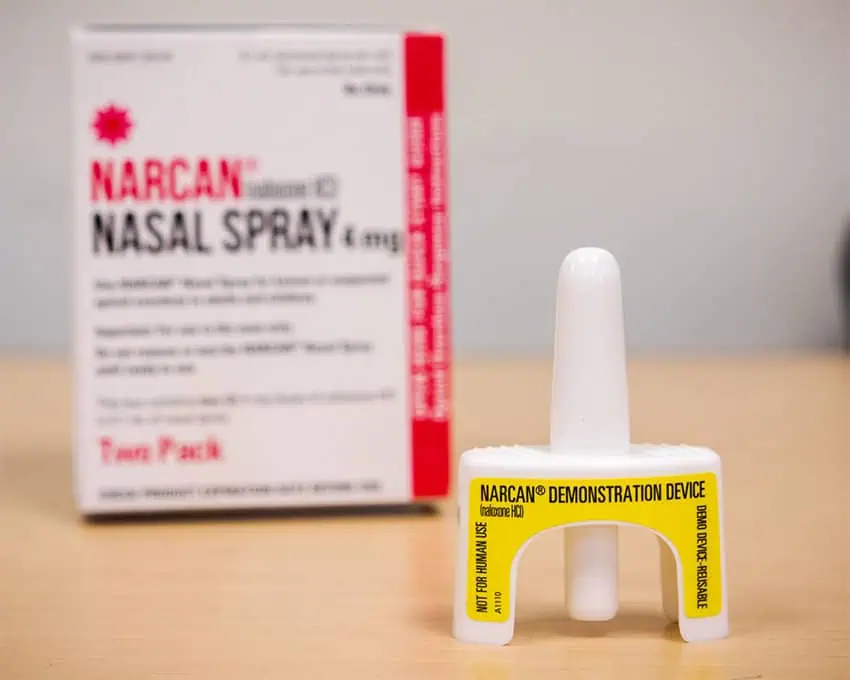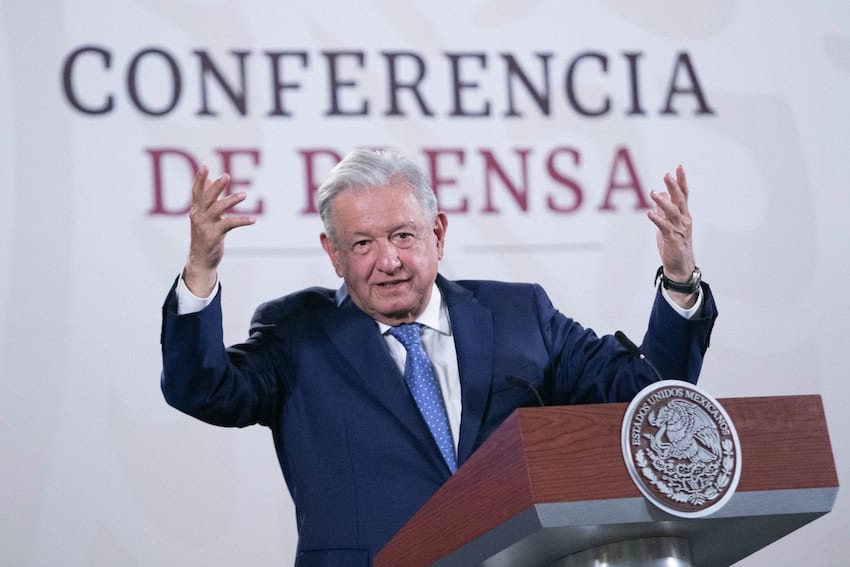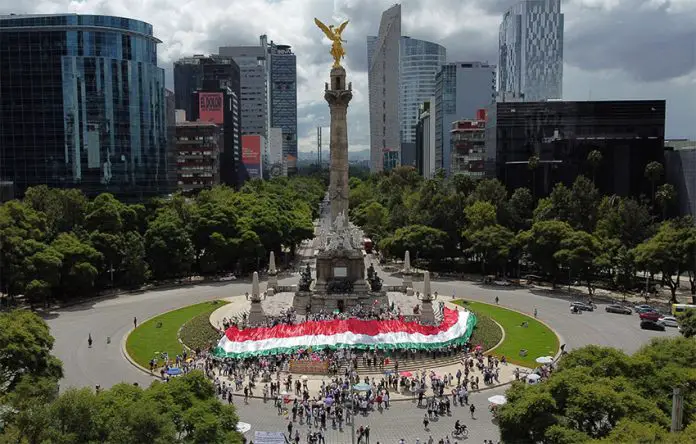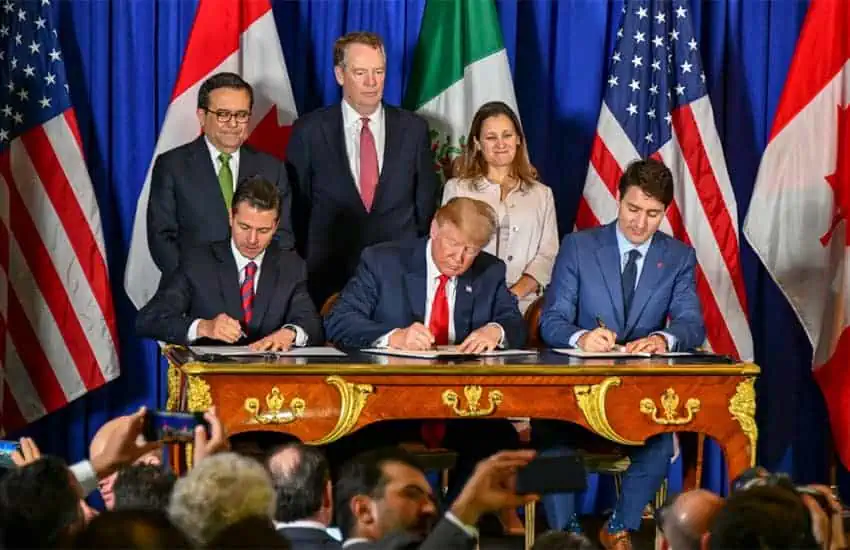Hardly a day goes by without a business or trade leader referencing the importance of Mexico improving in the areas of water, energy and education in order to better realize the country’s nearshoring potential. The team at Mexico News Daily is committed to increasing coverage in each of these areas and have recently launched the “Water in Mexico” series to focus on what is being done to help solve the many problems that the country has in this area.
Both energy and education are equally unique issues as well that need significant and urgent attention nationwide. To better understand what is being done and learn from one of the leading companies in the world in both water and energy, I recently met with the CEO of Siemens’ Mexico, Central America and Caribbean business, Alejandro Preinfalk. This year Siemens is celebrating 130 years since the German company began doing business in Mexico. One of the first projects completed by Siemens that year, 1894, was the illumination of the famous Paseo de la Reforma street in central Mexico City — so needless to say, the company has a bit of experience in the area of energy in Mexico.

Fast forward to the present day, and Siemens now has over 7,000 employees in the country including over 1,000 new hires just this year. The company has opened three new factories this year in the cities of Ciudad Juárez, Querétaro and Monterrey, bringing them to a total of six plants in the country. Siemens also has two R&D centers in Monterrey and Querétaro and a distribution center in Guadalajara.
The company is proud of the fact that it is now sourcing 50% of its products locally in Mexico — a figure that has increased and will continue to do so. Siemens estimates that for every one of its employees in Mexico, an additional 10 indirect jobs have been created with suppliers in Mexico to support its business. Approximately half of Siemens Mexico production is for local use, while the other half is for export. This is a higher percentage of local use than many companies I talk to, who export a much higher percentage of production.
Siemens has doubled their Mexico revenue in just the past four years. When I told Mr. Preinfalk that I often hear doubts about nearshoring’s impact on Mexico from (non-business) thought leaders and economists, he was adamant that “nearshoring is real, it’s happening.”
He also mentioned that “expectations management” was important as the full impact of nearshoring on the country will take time yet. The record low vacancy in many industrial parks throughout the country, he noted, is evidence of what is yet to come.
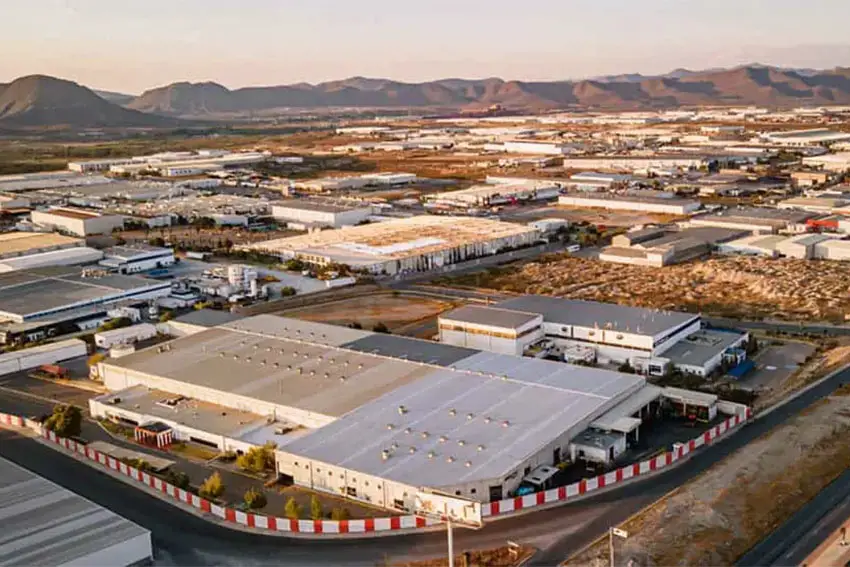
Two of the major focus areas that the company is focused on in Mexico are automation/digitalization and electrification, both of which have a significant impact in the water and energy industries. A few examples of the many projects and technologies that the company is working on include:
- Detecting leakages in the water distribution network
- Conserving energy of pumps
- Remote flow meters to monitor and control water usage
- Intelligent farming
- Creating digital twins to find ways to optimize water and energy usage
Mr. Preinfalk talked at length and with great pride about the work being done by the company in the area of training and education. Siemens has helped over 1 million students in Mexico through its work to help strengthen science and technology (STEM) education in Mexican schools, especially with young girls. The company is now at a level of 50% women in its new hires nationwide. The company has trained over 30,000 students, educators and future industry professionals nationwide in just the past two years on industrial software and technologies.
He also talked about an initiative called “Mexico 4.0 Commission: Innovation and Industrial Digitalization,” in which Siemens has collaborated with the Confederation of Industrial Chambers of the United Mexican States (Concamin). This collaboration led to the development of an app that allows companies to do “digital maturity assessments” to help identify gaps and build a plan to better integrate digitization into its operations.
It’s no secret that Mexico faces important challenges in the areas of water, energy and workforce education and preparation. I often hear thought leaders and columnists lamenting the seemingly insurmountable challenges and the slow pace of improvement. It is exciting and inspirational to learn what companies like Siemens are doing in Mexico to help solve the challenges and doing so in a way that takes into account the importance of helping to make a positive impact in the education of the country’s current and future workforce.
It’s no surprise to me that Siemens has been able to double its business in Mexico in just the past 4 years, given its focus on solving key challenges facing the country and investments in its people. Mexico needs them to continue to be successful and continue to invest in workforce development. The work the company is doing and the impact it is having are hugely important for the future of Mexico.
Travis Bembenek is the CEO of Mexico News Daily and has been living, working or playing in Mexico for over 27 years.

